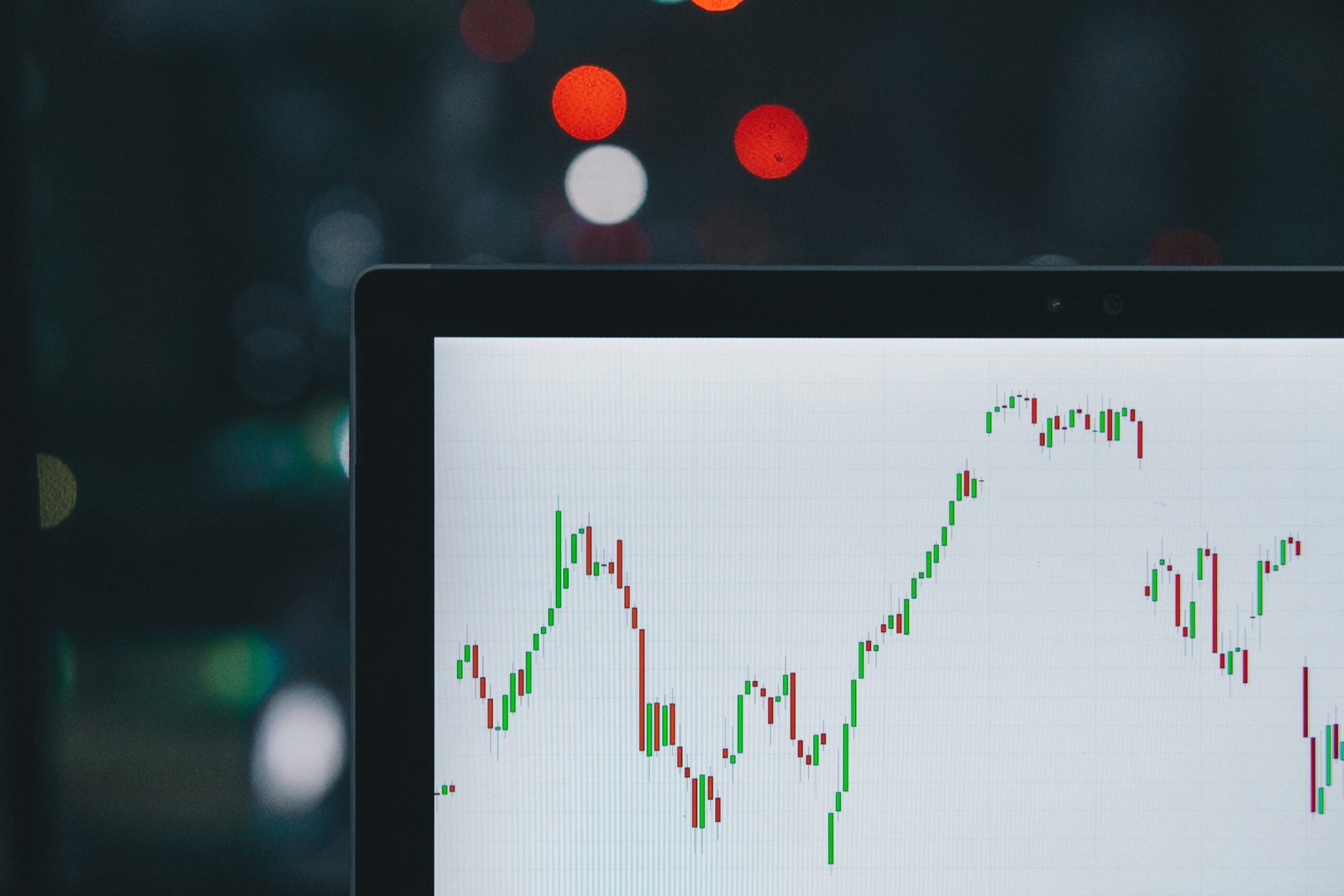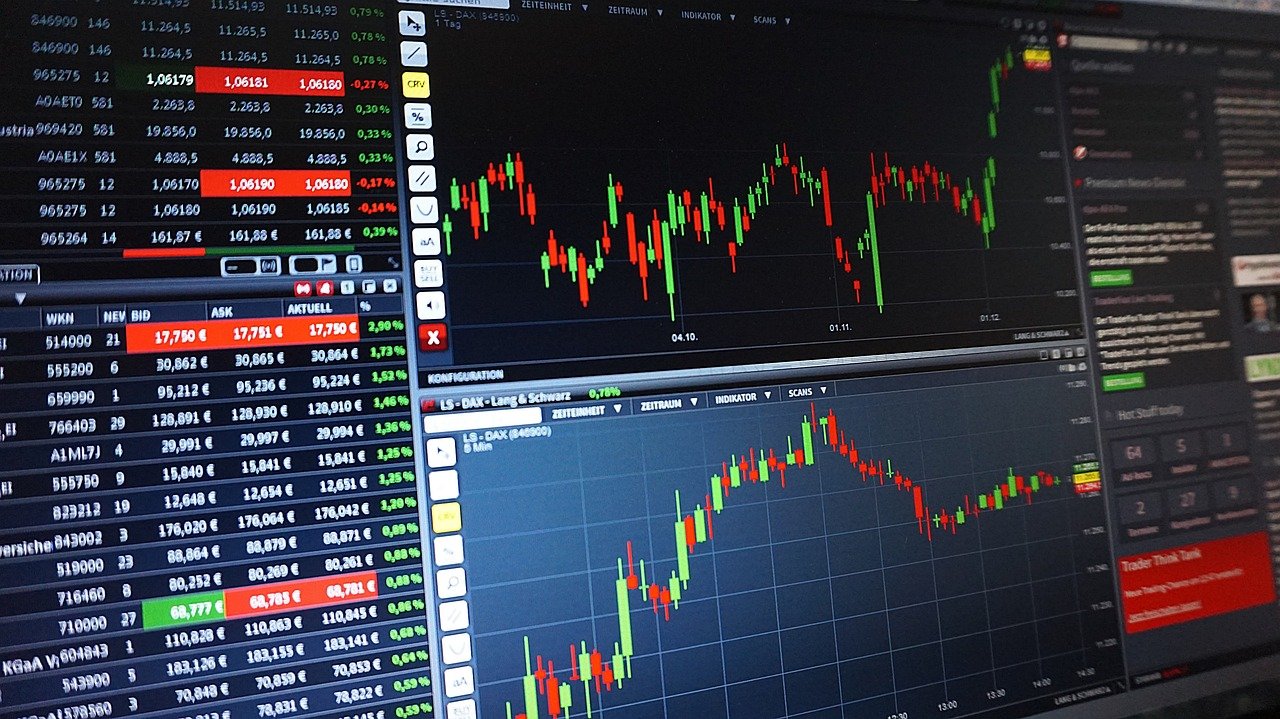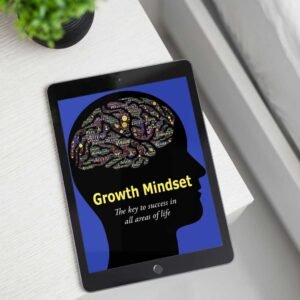Mastering Forex can be like sailing through unpredictable financial waters. At the heart of this journey lies the wisdom imparted by those who’ve charted these courses before—offering invaluable guidance for both the novice and the seasoned trader. In currency trading, knowledge is not just power; it’s the compass by which traders navigate.

Pros and Cons of Forex Trading
Pros:
Accessibility: The Forex market operates 24 hours a day during the business week, offering flexibility for traders to balance trading with other commitments.
Liquidity: With a daily trading volume surpassing $6 trillion, Forex markets offer high liquidity, ensuring ease in executing trades.
Leverage: Although it amplifies both profits and losses, the availability of leverage allows traders to engage larger positions with less capital.
Opportunities in All Market Conditions: Forex trading enables speculation in both rising and falling markets.
Cons:
Risk of Scams: The Forex market has its share of fraudulent schemes, necessitating thorough research into brokers.esearching brokers and trading platforms to ensure they engage in legitimate trading activities.
Leverage Risks: The same leverage that can magnify gains can also lead to significant losses if not managed properly.
Market Volatility: Economic news, geopolitical events, and sentiment can cause sharp price movements, demanding a cool head from traders.
Complexity: The interplay of global economic factors requires continuous learning and adaptation.

Mastering Forex Trading Methods
Technical Analysis: This method involves analyzing historical price movements and market statistics to forecast future price movements. Famous forex books like “Japanese Candlestick Charting Techniques” by Steve Nison have introduced traders to timeless technical analysis tools that remain foundational in chart analysis.
Fundamental Analysis: Unlike technical analysis, fundamental analysis delves into economic indicators, interest rates, political stability, and other macroeconomic factors to predict currency movements. Books such as “Currency Trading and Intermarket Analysis” by Ashraf Laïdi provide comprehensive insights into how economic fundamentals influence the Forex market.
Sentiment Analysis: This approach assesses the overall attitude of market participants towards a particular currency or currency pair. It can be challenging to quantify, but it’s an essential aspect, as market sentiment can significantly impact currency movements.
Automated/Algorithmic Trading: This method uses computer programs to execute trades based on predefined criteria. Michael Harris’s “Profitability and Systematic Trading” offers an in-depth perspective on developing and implementing algorithmic trading strategies in the Forex market.
Wisdom from Famous Forex Pieces
“Trade Your Way to Financial Freedom“
Technical Analysis: Involves studying historical price data to predict future movements. Texts like “Japanese Candlestick Charting Techniques” by Steve Nison are foundational for this approach.
Fundamental Analysis: Focuses on economic indicators, political events, and other macroeconomic factors. “Currency Trading and Intermarket Analysis” by Ashraf Laïdi is a key resource here.
Sentiment Analysis: Evaluating market mood can be less tangible but crucial for understanding potential currency movements.
Automated Trading: Utilizes algorithms to trade based on set criteria, with Michael Harris’s “Profitability and Systematic Trading” providing insights.
Wisdom from Forex Trading Classics
“Forex For Ambitious Beginners” A guide for newcomers, advocating for a strong foundation through education before live trading.
“Trade Your Way to Financial Freedom” Highlights the importance of a personalized trading system that aligns with one’s risk tolerance and goals, rather than chasing an elusive ‘perfect‘ strategy.
“The Disciplined Trader” Emphasizes psychological preparation, suggesting that success in trading is as much about mastering one’s emotions as it is about mastering the markets.
“Market Wizards” Through interviews with top traders, Schwager reveals diverse approaches to trading, emphasizing education, strategy individuality, and learning from mistakes.

The Legend of George Soros: Mastering the Art of Trading Forex
George Soros’s famous bet against the British Pound in 1992 exemplifies the confluence of economic insight and bold strategy. His actions underscore the significance of understanding market forces and the bravery to act on comprehensive analysis.
The Psychology of Trading
Forex trading isn’t just about charts and numbers; it’s deeply psychological. Works like Douglas’s “Trading in the Zone” focus on the mental discipline needed to trade effectively, advocating for a mindset where traders operate in probabilities rather than emotions.
Conclusion
Forex trading, with its potential for both reward and risk, requires a robust approach encompassing strategy, psychological resilience, and continuous education. The insights from these trading classics underscore that success in Forex is not just about making profits but about self-mastery and a deep understanding of the market’s ebb and flow. For those embarking on this journey, patience, discipline, and a commitment to learning are your best allies.
For beginners, consider exploring resources like Investing for Beginners from Investopedia and understanding Support & Resistance levels from IG International.
If you enjoyed Mastering Forex – Learn about Day Trading here
Disclaimer: The information provided here is for educational purposes only. It does not constitute investment advice or a guarantee of performance. Investing involves risks, including the possible loss of capital. Seek advice from financial and tax professionals tailored to your financial circumstances and goals.



















